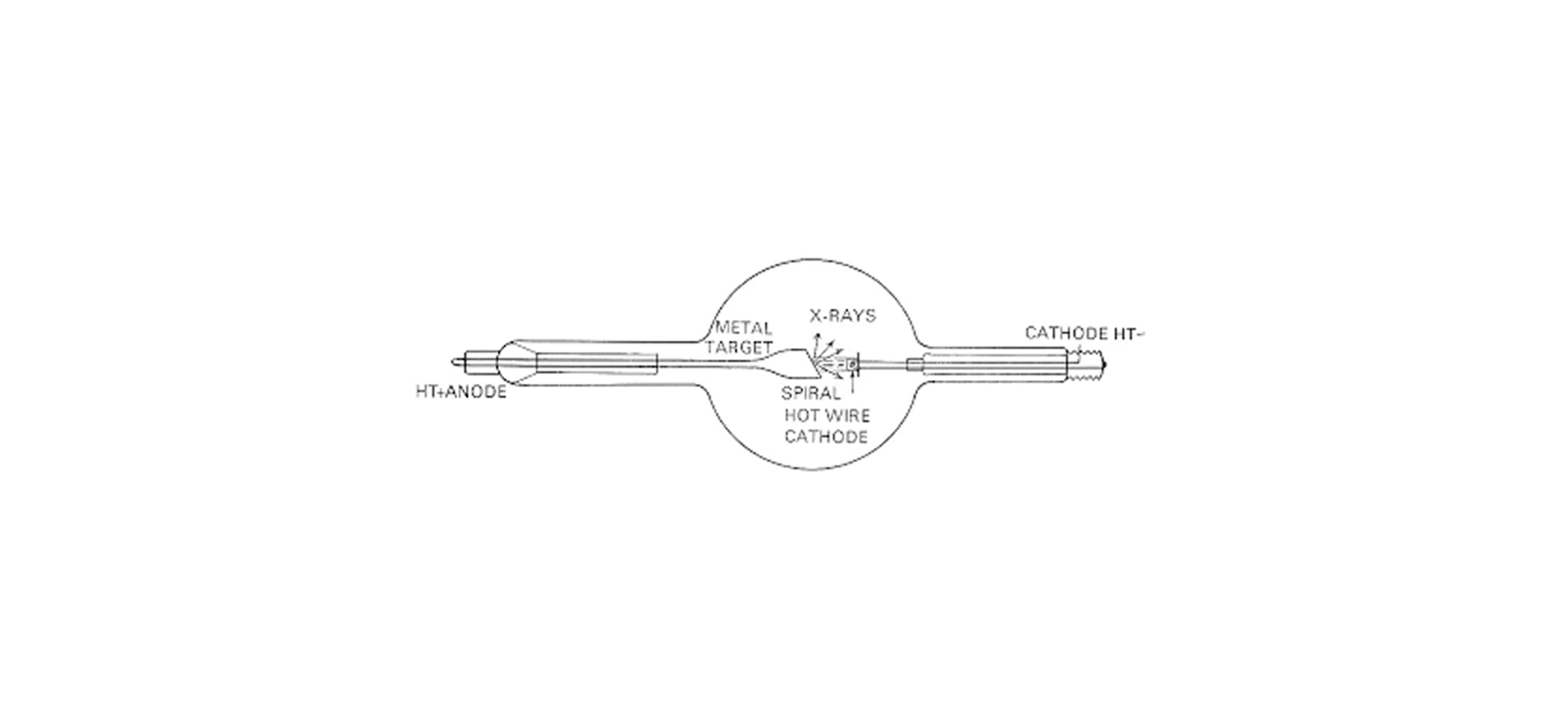Welcome to Facts Vibes! Discover the intriguing world of radiology with our collection of captivating and entertaining fun facts. From the groundbreaking discoveries to the fascinating technologies, get ready to be amazed by these unique insights into the realm of radiology.
The Fascinating World of Radiology: Fun Facts You Didn’t Know
The Fascinating World of Radiology: Fun Facts You Didn’t Know
Radiology is a field that involves the use of medical imaging to diagnose and treat diseases and injuries. It plays a crucial role in modern medicine, providing valuable insights into the human body. Here are some fun facts about radiology that you may not be aware of:
1. X-rays were discovered accidentally by Wilhelm Conrad Roentgen in 1895 while experimenting with cathode rays. His discovery revolutionized the field of medicine and earned him the first Nobel Prize in Physics in 1901.
2. The word “radiology” is derived from the Latin word “radius,” which means “beam of light.” This reflects the fundamental principle of using radiation to create images of the internal structures of the body.
3. The development of computed tomography (CT) scans in the 1970s marked a significant advancement in radiology. CT scans provide detailed cross-sectional images of the body, allowing physicians to visualize internal organs with exceptional clarity.
4. Magnetic resonance imaging (MRI) uses a powerful magnetic field and radio waves to generate detailed images of the body’s soft tissues. Unlike X-rays and CT scans, MRI does not involve ionizing radiation, making it a safer option for certain patients.
5. Interventional radiology is a subspecialty that involves using image-guided techniques to perform minimally invasive procedures, such as angioplasty, embolization, and biopsies. This approach reduces the need for traditional surgery, leading to faster recovery times and fewer complications.
6. The field of nuclear medicine utilizes radioactive tracers to create images of organ function and metabolism. This allows physicians to assess how different organs are functioning at a molecular level, aiding in the diagnosis and treatment of various conditions.
Radiology continues to evolve with technological advancements, enhancing its capabilities and improving patient care. The exciting developments in this field make it an intriguing area of study for those interested in the intersection of technology and medicine.
Remember to consult a qualified healthcare professional for personalized medical advice and information related to radiology.
Most popular facts
The X-ray was discovered by Wilhelm Conrad Roentgen in 1895, earning him the first Nobel Prize in Physics.
The X-ray was discovered by Wilhelm Conrad Roentgen in 1895, earning him the first Nobel Prize in Physics.
The word “radiology” comes from the Latin word “radius,” meaning ray, and the Greek word “logos,” meaning study.
The word “radiology” comes from the Latin word “radius,” meaning ray, and the Greek word “logos,” meaning study.
Radiologists are medical doctors who specialize in diagnosing and treating diseases and injuries using medical imaging techniques.
Radiologists are medical doctors who specialize in diagnosing and treating diseases and injuries using medical imaging techniques.
The first practical MRI scanner was developed in the early 1970s by Raymond Damadian and his team.
The first practical MRI scanner was developed in the early 1970s by Raymond Damadian and his team.
Fluoroscopy, a real-time imaging technique, allows radiologists to see a continuous X-ray image of the body’s internal structures.
Fluoroscopy, a real-time imaging technique, allows radiologists to see a continuous X-ray image of the body’s internal structures.
Interventional radiology involves minimally invasive procedures guided by medical imaging to diagnose and treat diseases.
Interventional radiology involves minimally invasive procedures guided by medical imaging to diagnose and treat diseases.
Nuclear medicine uses small amounts of radioactive materials to diagnose and treat a variety of diseases.
Nuclear medicine utilizes small amounts of radioactive materials for diagnosing and treating various diseases.
Radiographers are healthcare professionals who operate imaging equipment and assist radiologists in diagnostic procedures.
Radiographers are healthcare professionals who operate imaging equipment and assist radiologists in diagnostic procedures.
The use of lead aprons and thyroid shields help protect patients and healthcare workers from unnecessary radiation exposure during imaging exams.
Lead aprons and thyroid shields protect patients and healthcare workers from unnecessary radiation exposure during imaging exams.
Ultrasonography, or ultrasound, uses high-frequency sound waves to create images of internal body structures.
Ultrasonography, or ultrasound, uses high-frequency sound waves to create images of internal body structures.
Computed tomography (CT) scans provide detailed images of internal organs, bones, soft tissue, and blood vessels.
Computed tomography (CT) scans provide detailed images of internal organs, bones, soft tissue, and blood vessels.
Mammography is a specialized medical imaging technique used to detect breast cancer at an early stage.
Mammography is a specialized medical imaging technique used to detect breast cancer at an early stage.
The field of radiology continues to evolve with advancements in technology, such as 3D printing for personalized anatomical models and virtual reality for surgical planning.
Advancements in technology, such as 3D printing and virtual reality, are shaping the evolution of radiology.
Radiation therapy uses targeted radiation to kill cancer cells and shrink tumors.
Radiation therapy uses targeted radiation to kill cancer cells and shrink tumors.
The image interpretation skills of radiologists play a crucial role in diagnosing and guiding treatment for various medical conditions.
The image interpretation skills of radiologists play a crucial role in diagnosing and guiding treatment for various medical conditions.
In conclusion, radiology is a fascinating field with a wealth of fun and intriguing facts that showcase its significance in the medical world. From its role in diagnosing various conditions to its innovative technologies, radiology continues to be an essential component of healthcare, paving the way for advanced medical imaging and treatments.
